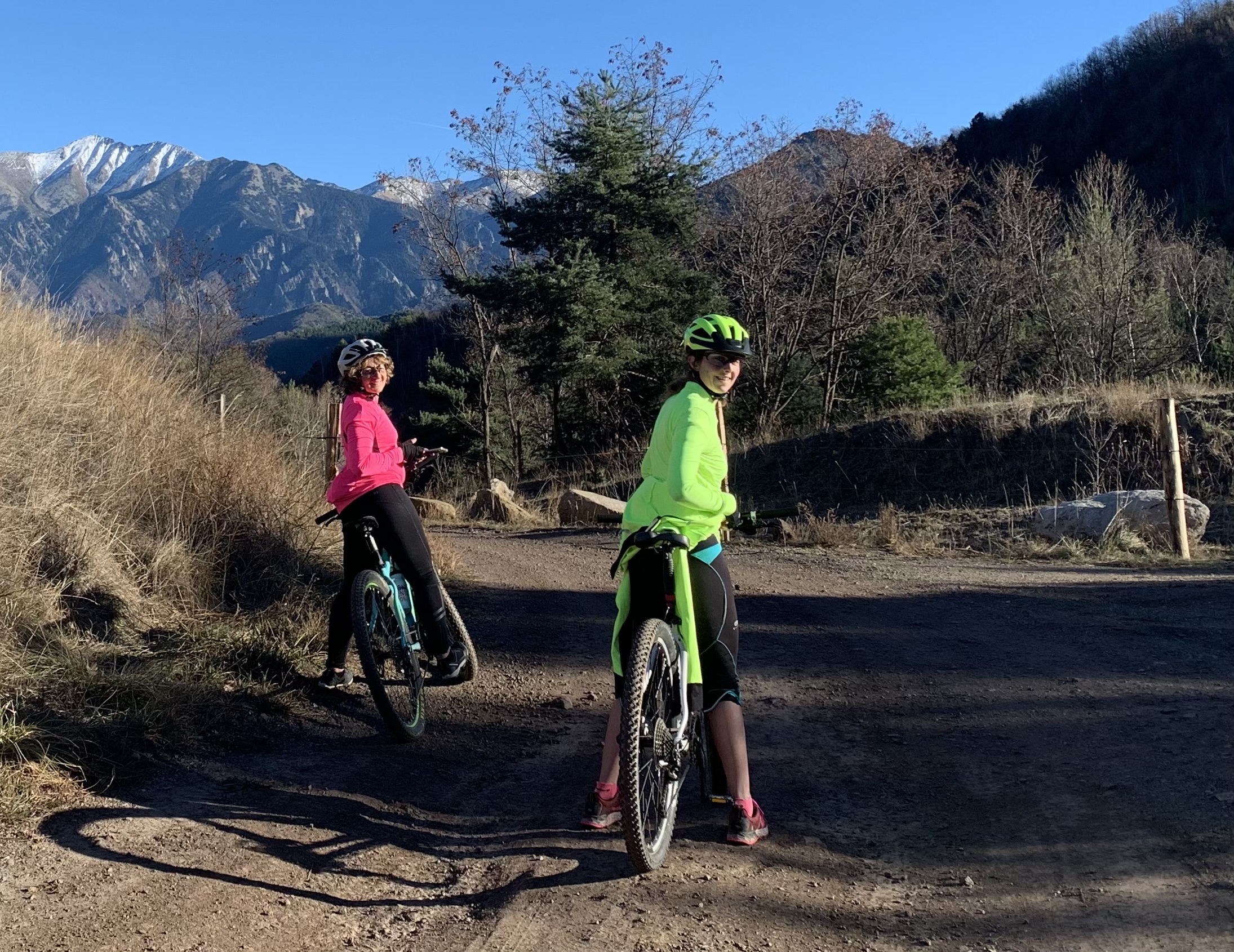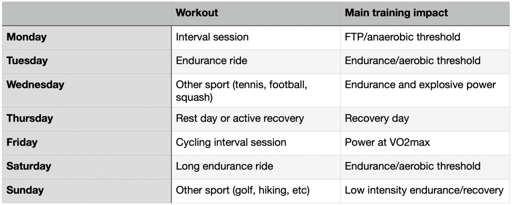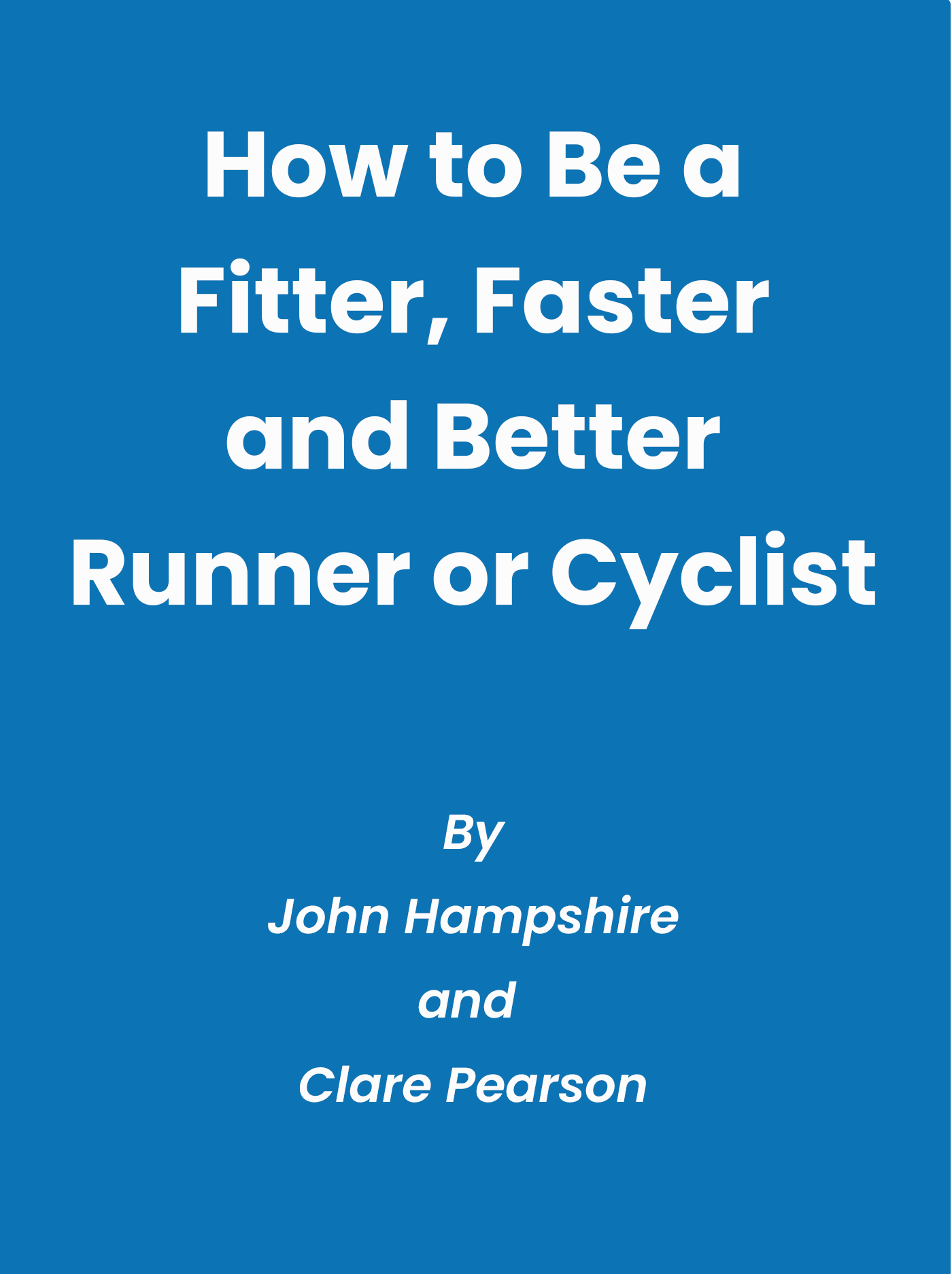How can I fit other sports around my cycling training?

Many of us like to enjoy different sports now and again, so I thought it would be useful to explain how you can fit them into your cycling training in the most effective way.
So, how should you fit other sports into your cycling training?
You need to think about how the sport will complement or hinder particular cycling training workouts:
- What is the sport that you will be doing? Is it explosive with lots of sprints and recoveries like football or hockey, extremely explosive like racket sports or circuit training, more sustained like running or swimming or applying lots of force like weight training or heavy gym work?
- Think about your ideal cycling training plan, without other sports and what workouts are similar to the other sports you want to do, you can sometimes substitute your sport for a cycling workout and get a similar benefit, albeit without the specificity.
- Identify which cycling workouts you want to keep in your plan, either because they are focused on specific fitness goals or because you don’t want to miss particular group rides.
- You then need to fit the cycling and other sports together, if certain things are on certain days, you need to work around that and also give yourself enough recovery to do your workouts properly.
- You will need more recovery from explosive workouts than more sustained workouts of similar durations. For example, it may be best to take an easier day between a hard game of five a side football or squash before doing a hard interval session on the bike but you may be able to ride your bike and swim on the same day.
- Work with a similar structure each week so that you can make adjustments to when you do certain types of workouts as you learn how long it takes to recover.
It is always a compromise to fit different types of exercise together and this is even the case if you are focused purely on one sport. In cycling, adjusting strength work to give maximum benefit is difficult and has to be varied depending on particular goals.
However, by identifying strengths, weakness and priorities, and using the following principles to structure your week, you can optimise your cycling fitness as well as enjoying some other sports that you enjoy.
Categorise your sports
Sports are varied and therefore they will have different benefits to your cycling fitness, as well as perhaps detracting from your cycling fitness or delaying specific types of cycling workouts.
For example, an hour of 5-aside football (soccer), which requires sprinting, changing direction and recovering for an hour will be a combination of anaerobic and aerobic training and is likely to result in significant fatigue and muscle soreness. You will gain some aerobic fitness and some explosive fitness from the game but you will need to spend some time recovering before you can do a high-quality interval session on the bike.
Conversely, if you go out for a gentle 20-minute run or swim, you may be able to do a hard bike session on the same day and almost certainly the next day.
Spend some time thinking about your sport and the demands it puts on your body to determine what benefits you might gain from it and also how long you will need to recover before a hard bike session.
Sometimes it is easier to test how long it takes to recover by trying a hard workout after different recovery times, maybe 1, 2 or 3 days after your other sports and seeing whether your performance is impacted.
Running
Running can be complementary to cycling in certain circumstances and at certain times of the year.
Running is often more time-efficient than cycling because there is no freewheeling and because it is slower than most cycling, it is easier to keep warmer and safer than cycling when it is very cold.
So, although running isn’t the same as cycling and therefore doesn’t develop certain aspects of specific fitness, including some running into your cycling schedule can have considerable benefits to fitness.
As a relatively high impact, weight-bearing exercise, running is also good for bone density, something that cycling doesn’t particularly help with because it is largely non-weight bearing. If you are worried about your bone density, including some running or weight training into your schedule could be beneficial.
If you are running at an endurance pace and you are used to running regularly, you shouldn’t need any more recovery from your running sessions than you need from similar intensity cycling.
This may be a little different if you are running on hilly terrain because running and particularly downhill running can result in what is known as DOMS (Delayed Onset Muscle Soreness), which may take a little more time to get over but isn’t so bad once you’re used to hilly runs.
What bike sessions are most similar to your sports?
You may be able to use your sport to make gains in your cycling by taking complementary elements and transferring those onto the bike.
For example, explosive sports like football and racket sports will stimulate high short term powers and responsiveness in your muscles. If these elements are useful in your sport, you can add a specific on the bike session to transfer these elements into your riding. For example, if you enjoy short road races, doing some short sprints a couple of times a month should help you develop your short term cycling powers.
Conversely, if short sprints are not of benefit to your cycling. If for example, you are training to do longer endurance events, there would be no point trying to develop this aspect and you would be best placed to take the required recovery after the game, benefit from the endurance element and build you longer-term powers by doing longer threshold type efforts.
In both of the examples above, the hard games would require some recovery time of rest or easy riding before any harder on the bike training and therefore they will mean you would be able to fit less specific high-intensity bike training into your week. This may not necessarily compromise your cycling performance but should be considered when planning your week and in your decision to bring other sports into your routine.
Plan your week

I like to work with a weekly routine that has similar workouts on the same days of each week. I like this because routines and consistency are good for getting better at things, particularly endurance sports, but also because by doing the same thing each week it is possible to quickly spot trends and make adjustments for optimal gains and performance.
If you have certain things that are fixed on given days, you can set your week up around those.
The following example assumes that you like to play an explosive sport such as tennis, squash or football on Wednesday evenings and have a game of golf on Sundays. Of course, this is just an example but hopefully this illustrates how things might work for you.
This training plan includes all the basic elements you would need to build your cycling fitness.
If you wanted to include some gym work as well, you would need to fit that into your schedule, perhaps doing two workouts on a given day. The best day for a strength workout would probably be Tuesday, ideally as the second session of the day because aerobic training after strength work reduces the response of the strength work but don’t worry too much about this for practical purposes.
Related questions
Does swimming help cycling fitness? Swimming will help with your aerobic fitness but although helpful, it isn’t going to be as effective as cycling or even running as it isn’t as similar toto cycling. However, swimming is good in other ways and a relatively low intensity swimming session can promote recovery. Swimming is also a great exercise if you are injured and will help maintain your cardiovascular fitness.
Are there other things I could do to improve my recovery? Yes, there are many things you can do to improve your recovery. You can make sure you eat a healthy diet and have a recovery drink or snack after your workouts if you aren’t going to eat for a while afterwards. Build recovery into your day so that you have time to take care of yourself. Keep your mind as stress-free as possible by doing relaxation and mindfulness type sessions for a few minutes each day, and take care of your body with stretching and light strength work such as yoga.
Good luck and have fun!
Tags:
cycling, Cycling Training, Heart Rate Monitor, Cycle Training, Bikepacking, Nutrition, Coaching, Mountain BikingMay 11, 2020

Comments